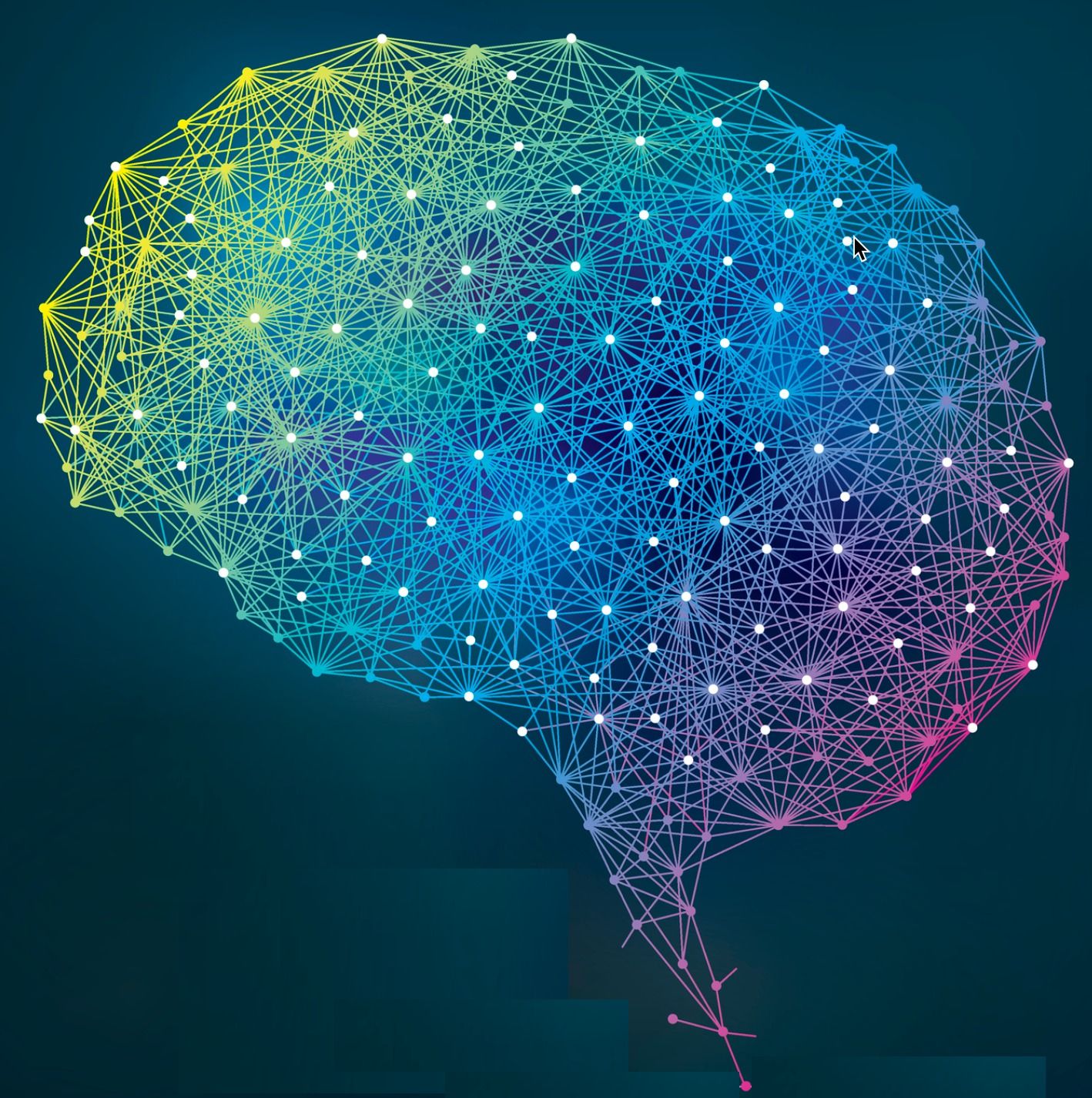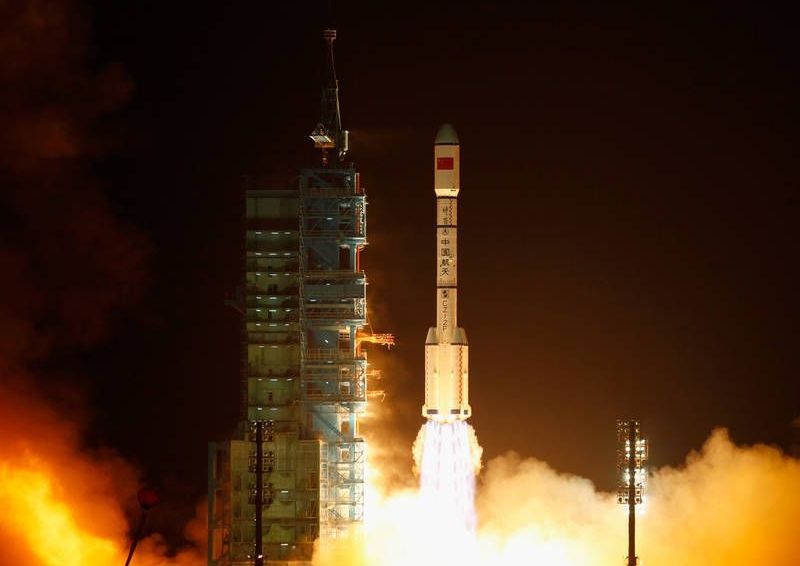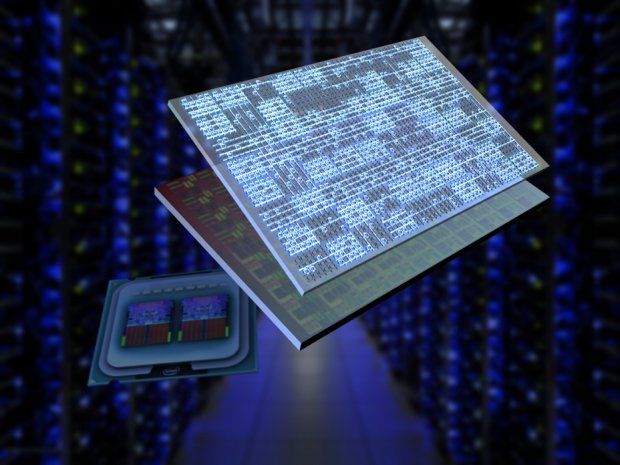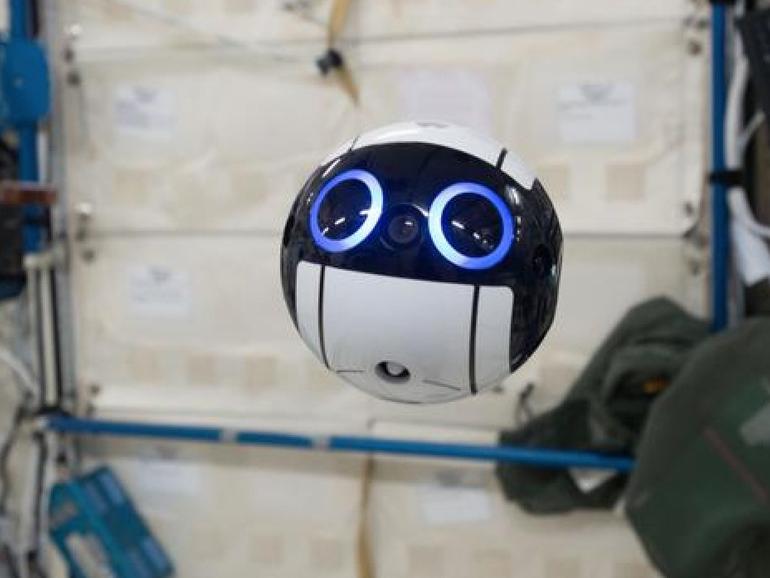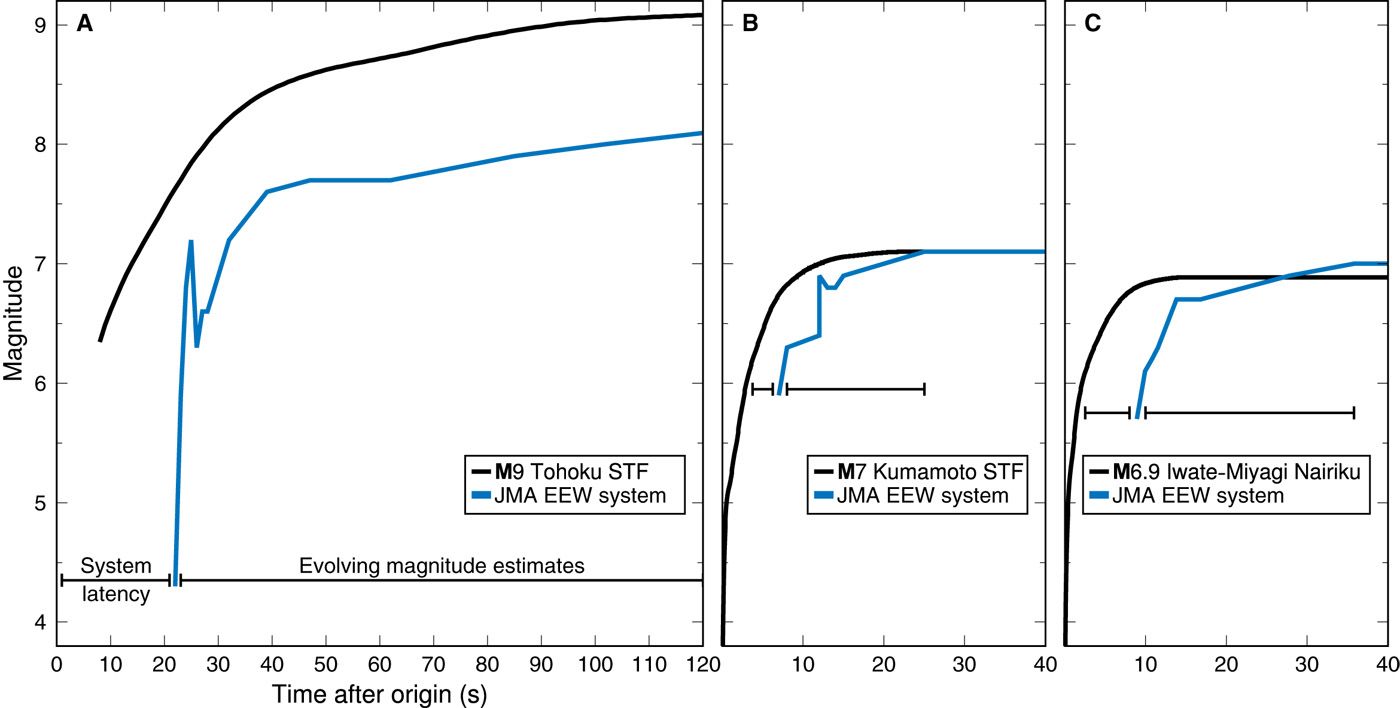Page 9845
Mar 22, 2018
Optical computers light up the horizon
Posted by Genevieve Klien in categories: mobile phones, space, supercomputing
Since their invention, computers have become faster and faster, as a result of our ability to increase the number of transistors on a processor chip.
Today, your smartphone is millions of times faster than the computers NASA used to put the first man on the moon in 1969. It even outperforms the most famous supercomputers from the 1990s. However, we are approaching the limits of this electronic technology, and now we see an interesting development: light and lasers are taking over electronics in computers.
Processors can now contain tiny lasers and light detectors, so they can send and receive data through small optical fibres, at speeds far exceeding the copper lines we use now. A few companies are even developing optical processors: chips that use laser light and optical switches, instead of currents and electronic transistors, to do calculations.
Mar 22, 2018
New LightSail 2 Spacecraft Will Boost Solar-Sailing Interplanetary Missions
Posted by Genevieve Klien in categories: futurism, space travel
The Planetary Society’s LightSail 2 spacecraft will be a test bed for future missions wanting to use solar sails — including NASA’s proposed Near-Earth Asteroid Scout cubesat.
Meet ESASky, a discovery portal that provides full access to the entire sky. This open-science application allows computer, tablet and mobile users to visualise cosmic objects near and far across the electromagnetic spectrum.
 ESASky’s intuitive interface. Credit: ESA.
ESASky’s intuitive interface. Credit: ESA.
Mar 22, 2018
10 Amazing Robots in Space Right Now (In Pictures)
Posted by Genevieve Klien in categories: robotics/AI, space
Robots, including floating spheres and spacewalkers, are performing critical tasks for astronauts and researchers as we speak.
Mar 22, 2018
SICE researchers part of grant to grow quantum information science
Posted by Genevieve Klien in categories: computing, engineering, particle physics, quantum physics, science
Researchers from the School of Informatics, Computing, and Engineering are part of a group that has received a multi-million dollar grant from IUs’ Emerging Areas of Research program.
Amr Sabry, a professor of informatics and computing and the chair of the Department of Computer Science, and Alexander Gumennik, assistant professor of Intelligent Systems Engineering, are part of the “Center for Quantum Information Science and Engineering” initiative led by Gerardo Ortiz, a professor of physics in IU’s College of Arts and Sciences. The initiative will focus on harnessing the power of quantum entanglement, which is a theoretical phenomenon in which the quantum state of two or more particles have to be described in reference to one another even if the objects are spatially separated.
“Bringing together a unique group of physicists, computer scientists, and engineers to solve common problems in quantum sensing and computation positions IU at the vanguard of this struggle,” Gumennik said. “I believe that this unique implementation approach, enabling integration of individual quantum devices into a monolithic quantum computing circuit, is capable of taking the quantum information science and engineering to a qualitatively new level.”
Continue reading “SICE researchers part of grant to grow quantum information science” »
Mar 22, 2018
What would happen if the Yellowstone volcano erupted? How catastrophic blast could impact the world
Posted by Genevieve Klien in category: futurism
Watching this closely.
By.
Mar 22, 2018
Unique communication strategy discovered in stem cell pathway controlling plant growth
Posted by Genevieve Klien in categories: biotech/medical, food, genetics
A team of plant geneticists at Cold Spring Harbor Laboratory (CSHL) has identified a protein receptor on stem cells involved in plant development that can issue different instructions about how to grow depending on what peptide (protein fragment) activates it.
This is the first such multi-functional receptor found to work in this way to control plant development. The new findings obtained by CSHL Professor David Jackson and colleagues may have important implications for efforts to boost yields of essential food crops such as corn and rice.
Plant growth and development depend on structures called meristems — reservoirs in plants that contain stem cells. When prompted by peptide signals, stem cells in the meristem develop into any of the plant’s organs — roots, leaves, or flowers, for example. These signals generally work like a key (the peptide) fitting into a lock on the surface of a cell (the protein receptor). The lock opens momentarily, triggering the release of a chemical messenger inside the cell. The messenger carries instructions for the cell to do something, such as grow into a root or flower cell or even stop growing altogether. Conventionally, one or more peptides fit into a receptor to release a single type of chemical messenger.
Mar 22, 2018
The limits of earthquake early warning: Timeliness of ground motion estimates
Posted by Genevieve Klien in categories: physics, robotics/AI, transportation
The basic physics of earthquakes is such that strong ground motion cannot be expected from an earthquake unless the earthquake itself is very close or has grown to be very large. We use simple seismological relationships to calculate the minimum time that must elapse before such ground motion can be expected at a distance from the earthquake, assuming that the earthquake magnitude is not predictable. Earthquake early warning (EEW) systems are in operation or development for many regions around the world, with the goal of providing enough warning of incoming ground shaking to allow people and automated systems to take protective actions to mitigate losses. However, the question of how much warning time is physically possible for specified levels of ground motion has not been addressed. We consider a zero-latency EEW system to determine possible warning times a user could receive in an ideal case. In this case, the only limitation on warning time is the time required for the earthquake to evolve and the time for strong ground motion to arrive at a user’s location. We find that users who wish to be alerted at lower ground motion thresholds will receive more robust warnings with longer average warning times than users who receive warnings for higher ground motion thresholds. EEW systems have the greatest potential benefit for users willing to take action at relatively low ground motion thresholds, whereas users who set relatively high thresholds for taking action are less likely to receive timely and actionable information.
Earthquake early warning (EEW) systems rapidly detect and characterize ongoing earthquakes in real time to provide advance warnings of impending ground motion. They use the information contained in the early parts of the typically low-amplitude ground motion waveforms to estimate the ensuing and potentially large-amplitude ground motion. Because EEW alert information can be transmitted faster than seismic wave propagation speed, such ground motion warnings may arrive at a target site before the strong shaking itself, thereby providing invaluable time for both people and automated systems to take actions to mitigate earthquake-related injury and losses. These actions might range from simple procedures like warning people to get themselves to a safe location to complex automated procedures like halting airport takeoffs and landings.
Mar 22, 2018
New algorithm will allow for simulating neural connections of entire brain on future exascale supercomputers
Posted by Genevieve Klien in categories: information science, mathematics, neuroscience, supercomputing
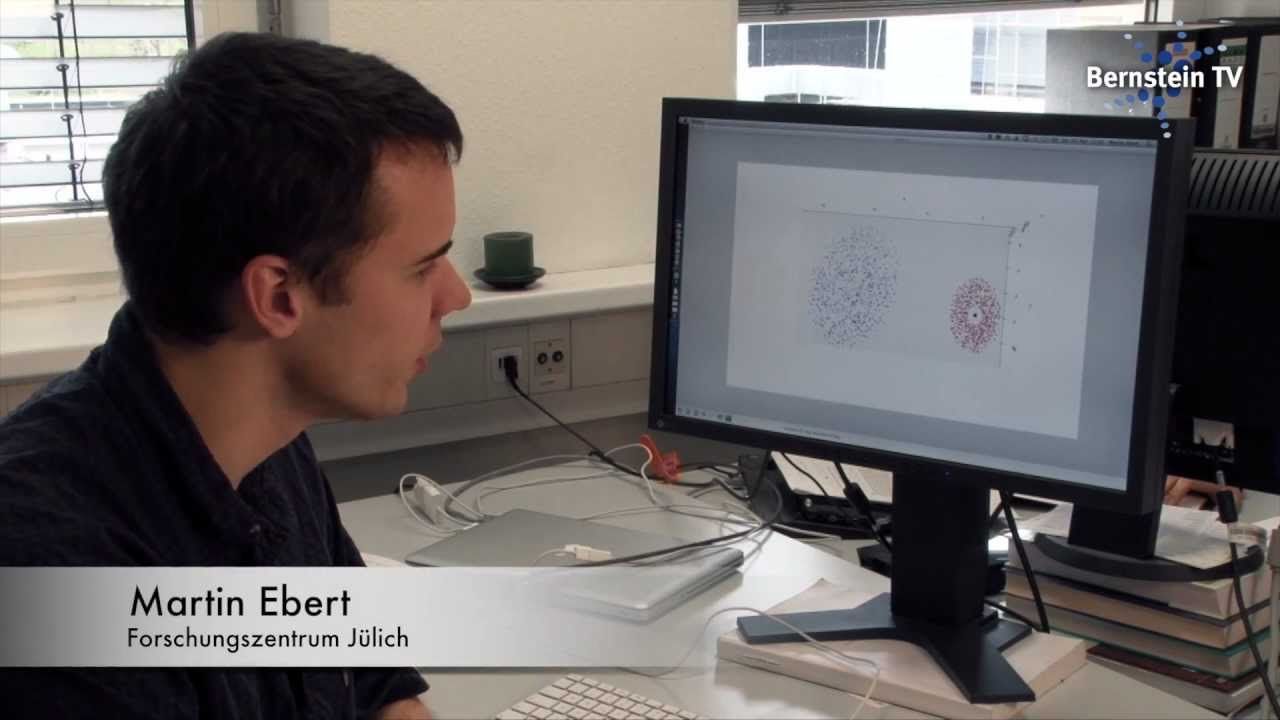
Amazing.
